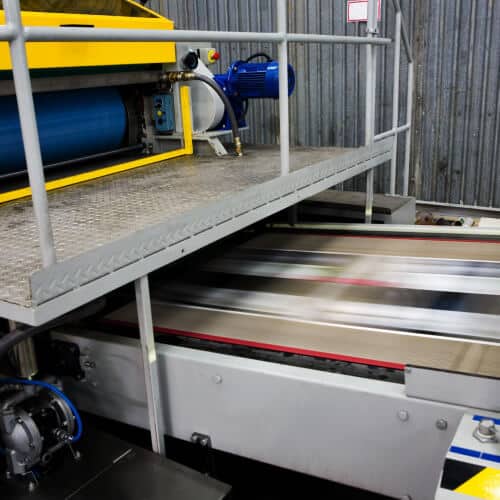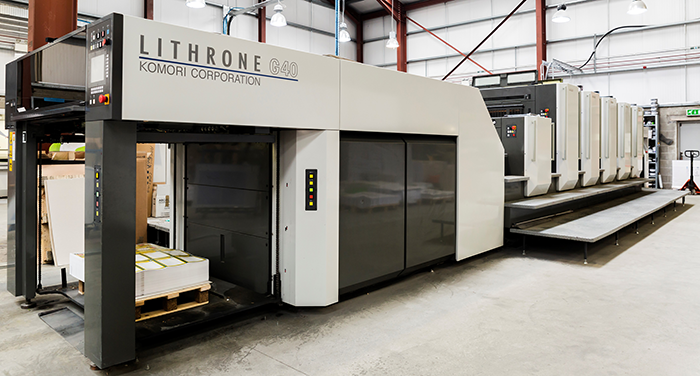The Benefits of Using litho printing for Promotional Prints
The Benefits of Using litho printing for Promotional Prints
Blog Article
A Comprehensive Overview to Comprehending Litho Printing Techniques
The globe of litho printing, a technique stemming from the late 18th century, is an interesting blend of background, science, advancement and art. Remain with us as we trip into the captivating world of litho printing.
The Historic Advancement of Litho Printing
The historical trajectory of litho printing, a pivotal advancement in the world of interaction, is a fascinating story of human resourcefulness. Birthed in the late 18th century by Alois Senefelder, this method was at first an economical technique of releasing staged works. Lithography, originated from the Greek words for 'stone' and 'to write', utilized a smooth rock surface to transfer pictures onto paper. The process evolved with the advent of the rotary press, which greatly boosted productivity (litho printing). In the 20th century, the innovation of offset lithography changed the industry, permitting automation of high-quality prints. Each phase of litho printing's advancement showcases mankind's relentless pursuit of effectiveness and quality in visual interaction.
Deciphering the Science Behind Litho Printing Inks
Progressing in the expedition of litho printing methods, the emphasis currently changes to the science behind litho printing inks. The make-up of these inks, their drying process, and shade mixing techniques form the backbone of this complex art kind. Comprehending these aspects is essential to understanding the craft and accomplishing the preferred print results.
Make-up of Litho Inks
In lithographic printing, the basic role of litho inks can not be overstated. The structure of litho inks differs relying on its objective, but usually, they include 2 major parts - pigments and lorries. Pigments, the color-providing aspects, are finely ground particles suspended in the car, a fluid that brings the pigment onto the printing surface. The vehicle is a complex combination of solvents, oils, and resins, which affect the ink's drying time, attachment, and gloss. Furthermore, various additives are existing to boost certain residential properties like flow, drying, and resistance to environmental effects. Each part plays an essential component in the last print's quality, making the specific formula of litho inks a complex scientific research.
Ink Drying Process
From the make-up of litho inks, focus transforms to the remarkable process of ink drying. The drying out process is critical, as it influences the final print's high quality and long life. 2 main techniques are utilized in litho printing: oxidative drying out and absorption. Oxidative drying involves the ink reacting with oxygen airborne to create a hard, completely dry movie. This technique provides a sturdy surface, however can be slower contrasted to absorption. Absorption, on the various other hand, entails the ink permeating right into the paper fibers, which is a much faster procedure yet can result in much less dynamic colors. The selection in between these methods is dependent upon factors such as print rate demands, the paper kind utilized, and the desired finish.
Shade Combining Strategies
While the drying procedure plays an essential function in litho printing, the science of color mixing methods holds equal significance. informative post The scientific research behind litho printing inks also takes into account the transparency of the ink, which impacts exactly how colors overlay and mix.
The Art and Layout Components in Litho Printing
Litho printing takes a breath life right into art and design via its one-of-a-kind aspects. Litho printing accommodates a selection of colors, allowing artists to develop vibrant and vibrant prints. This combination of accuracy and adaptability makes litho printing a recommended option for several artists and developers.
Modern Applications of Litho Printing Techniques
Litho printing techniques have actually discovered extensive use in the contemporary industrial industry. Its influence and significance continue to expand with the introduction of new developments and innovations in the area. This area will discover these contemporary applications and the transformative function they play in the printing industry.
Commercial Litho Printing Utilizes
Litho printing remains a crucial component of the commercial market. High-volume printing tasks, such as the manufacturing of publications, newspapers, and product packaging, rely on litho printing for its ability to provide remarkable picture high quality and expense performance. Litho printing likewise supplies a wide color spectrum, remarkable to that of digital printing.
Technologies in Litho Printing
Pressing the boundaries of typical techniques, modern-day innovations have fueled a host of advancements in litho printing. One popular growth is digital litho printing, which integrates the merits of digital innovation with litho's top notch result. These developments highlight the long-lasting relevance of litho printing in the contemporary globe.
Discovering the Process of Litho Printing: Detailed

Challenges and Solutions in Contemporary Litho Printing

Regardless of the precision and custom that litho printing happily upholds, it is not without its collection of contemporary obstacles. One of the most common concerns consist of the high preliminary arrangement discover this info here cost, problem in printing variable information, and environmental issues as a result of chemical use. Services are arising as modern technology progresses. Digital litho printing permits cost-efficient brief runs and easy personalization, addressing the concern of variable information. Environmentally-friendly inks and much safer plate-making processes minimize environmental worries. Additionally, developments in automation have lowered labor expenses, better democratizing the lithography procedure. Therefore, while there are difficulties, the litho printing industry is proactively adapting to satisfy them head-on, ensuring its importance in the future.
Verdict
In verdict, litho printing, with its rich background and clinical complexities, holds a significant location in the print market. The future of litho printing pivots on its capacity to adapt to these transforming demands, attesting its enduring value in an advancing market.

Report this page